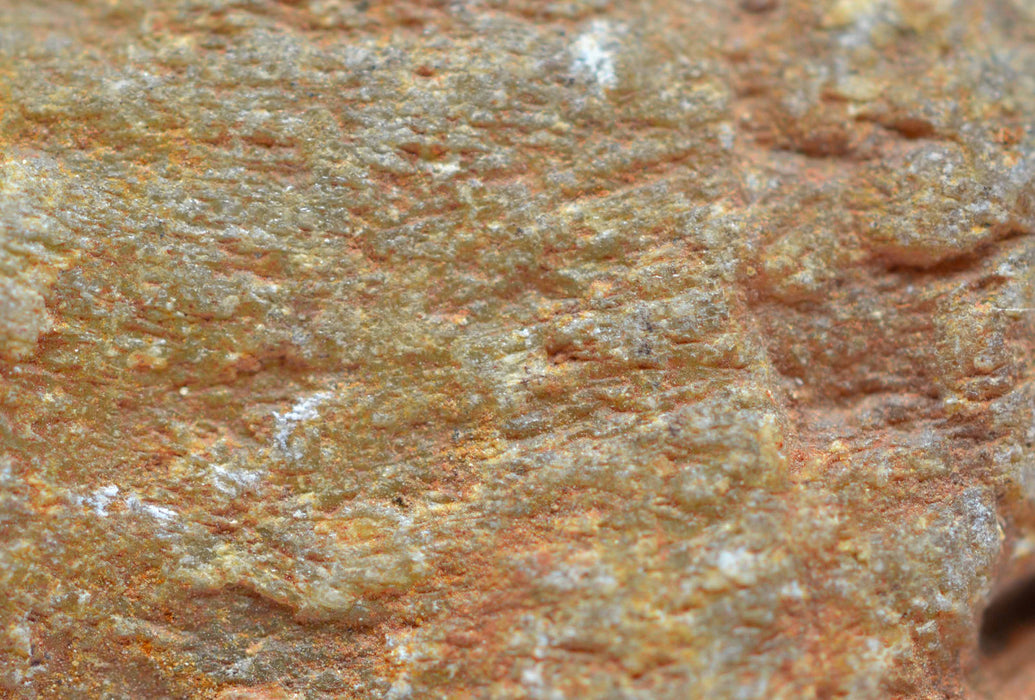US Customer Support
US-based Customer Support
Free US Shipping on Orders Over $100

Christmas gemstones are integral to global cultural traditions and celebrations. Ruby-red decorations symbolize hearth warmth, emerald-green accents evoke nature's bounty, and coal adds a touch of humor. These gemstones represent the spirit of giving, joy, and hope, serving as timeless reminders of Christmas magic and wonder.
At the heart of the Christmas spirit lies the radiant glow of the ruby, known for its deep red hue. Formed under immense heat and pressure, rubies get their captivating color from chromium. Born from metamorphic processes within the Earth's crust, fine specimens come from regions like Myanmar, Thailand, and Mozambique. The ruby's deep crimson symbolizes love, passion, and vitality, embodying the warmth and affection of the holiday season.

Corundum is the mineral from which rubies are formed. It's a naturally occurring aluminum oxide (Al2O3) and is one of the hardest minerals, second only to diamond on the Mohs hardness scale. What makes a corundum crystal a ruby, as opposed to a sapphire, is its color. Rubies are essentially red corundum, colored by the presence of chromium. The more chromium present, the stronger the red coloration.

Zoom in of Corondum
Emeralds, with their vibrant green hues, symbolize renewal, prosperity, and hope. Their color results from chromium, vanadium, and iron in the Earth's crust. Found in Colombia, Zambia, and Brazil, these gemstones are geological wonders. The lush green of emeralds reminds us of evergreen trees and new beginnings, adding vitality and optimism to the festive atmosphere.

Coal, often a humorous symbol for the naughty list, has a unique geological story. Formed over millions of years from decomposed plant matter, coal has long been a key energy resource. Its inclusion in Christmas lore as a stocking stuffer contrasts with the sparkle of gemstones, adding a whimsical touch to Christmas's geological narrative.
